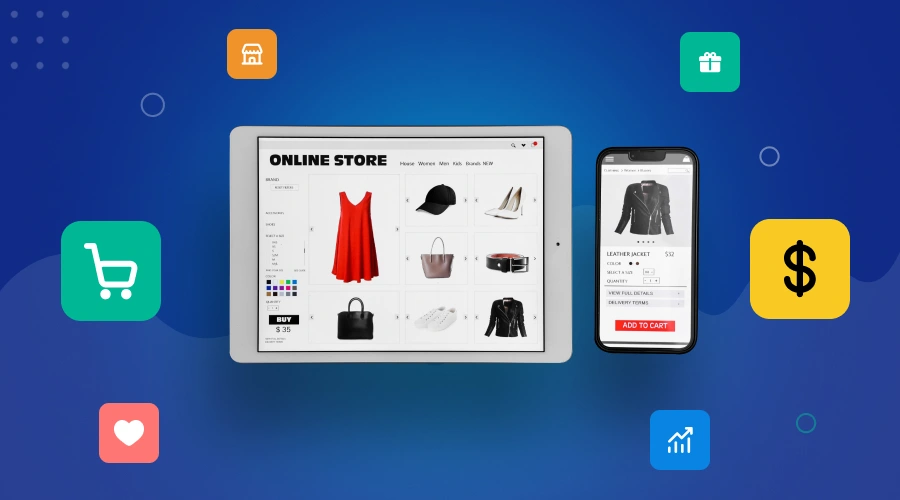An effective social media strategy executed well can help build brand awareness, engage your audience, and achieve your marketing objectives.
Social media is an incredibly powerful channel for business enterprises looking to grow their brand and reach their target audience. With billions of users worldwide, social media platforms offer unparalleled access to potential customers and clients. However, simply having a social media account is not enough to ensure success. In this post, we will explore the strategies that business owners can use to maximize the impact of social media on their brand and audience reach.
Define Your Target Audience
The first step in using the social media effectively is to identify your target audience. You should be clear about who are you trying to reach? What are their interests, needs, and pain points? By defining your target audience, you can create content that is tailored to their specific needs and interests. This will increase the likelihood of their engagement with your brand and share your content with others.
When defining your target audience, consider factors such as age, gender, location, income, education level, and interests. Use this information to create customer personas that will guide your content creation and social media strategy.
Choose the Right Platforms
Each social media platform has its own unique audience, features, and benefits. When developing your social media strategy, it is important to choose platforms that are most relevant to your target audience and then focus on them.
For example, if you are targeting a younger audience, platforms such as TikTok or Instagram may be more effective than platforms such as Facebook or LinkedIn. Similarly, if you are targeting a business audience, LinkedIn may be a more appropriate platform than Instagram.
Develop a Content Strategy
Content is the king on social media. The content you create and share will determine whether or not your audience engages with your brand and shares your content with others. To develop a successful social media strategy, it is important to have a clear content strategy in place.
Your content strategy should include the types of content you will create (e.g., blog posts, videos, and infographics), the topics you will cover, and the frequency with which you will post. It should also take into account the unique features and limitations of each social media platform.
Leverage User-Generated Content
User-generated content (UGC) is created by your audience and shared on social media. UGC can be incredibly powerful in building brand awareness and engaging with your audience. It shows that you value their experiences and opinions, and can foster a sense of community around your brand.
To leverage UGC, encourage your audience to share their experiences with your brand on the social media. You can do this by creating branded hashtags or running social media contests that encourage users to share photos or videos featuring your products or services.
Use Paid Advertising
While organic reach on social media can be limited, paid advertising can be a highly effective way to reach your target audience. Platforms such as Facebook, Instagram, and LinkedIn offer a range of advertising options that allow you to target specific audiences and achieve specific marketing objectives.
When using paid advertising, it is important to have a clear understanding of your target audience and marketing objectives. This will allow you to create ads that are highly targeted and effective.
Remember, paid advertising can be expensive, so it is important to set a budget and track your results to ensure that you are getting a positive return on your investment.
Monitor and Respond to Feedback
Social media is a two-way conversation. It is important to monitor your social media channels for feedback from your audience and respond to them in a timely and appropriate manner.
When monitoring feedback, pay attention to both positive and negative comments. Use feedback to improve your products or services, and to tweak your content strategy.
Work with Influencers
Influencer marketing has become a popular way for businesses to reach out to new audiences on social media. By partnering with influencers who have large and engaged followings, you can increase your brand’s awareness and credibility.
When choosing influencers to work with, it is important to select those who align with your brand values and target audience. You should also consider the size and engagement rate of their following, as well as the quality and authenticity of their content.
Measure and Analyze Your Results
Measuring and analyzing your social media results is essential for determining the effectiveness of your social media strategy and identifying the areas of improvement.
Use social media analytics tools to track metrics such as engagement rate, reach, impressions, and click-through rate. Use this data to identify what is working well and what can be improved.
Conclusion
By following these strategies, business owners can use social media to grow their brand and reach out to their target audience. Remember to define your target audience, choose the right platforms, develop a content strategy, leverage user-generated content, use paid advertising, monitor and respond to feedback, collaborate with influencers, and measure and analyze your results.
With a well-planned and executed social media strategy, you can build brand awareness, engage with your audience, and achieve your marketing objectives.







